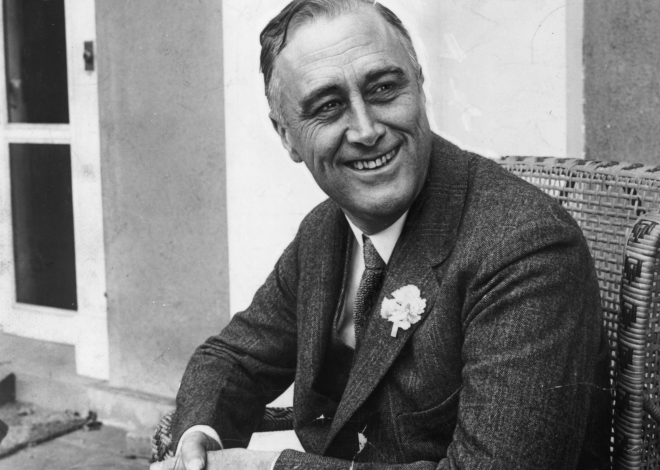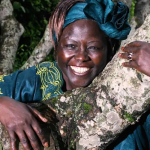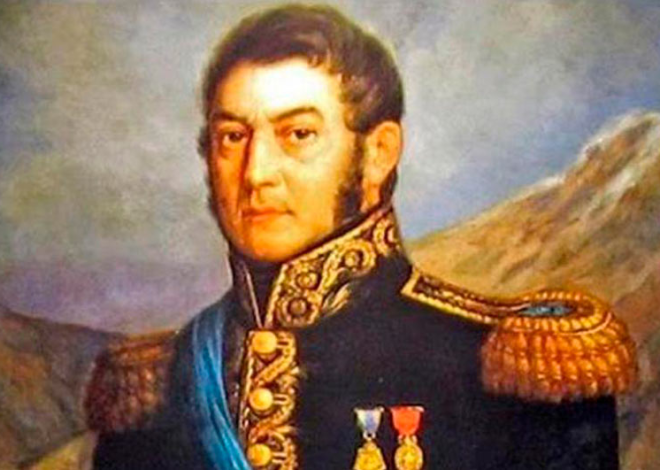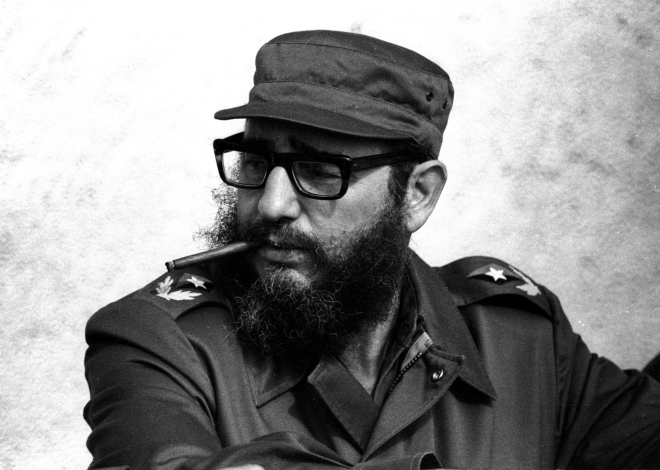
Che Guevara
Ernesto “Che” Guevara was an Argentine Marxist revolutionary, physician, author, and guerrilla leader who played a prominent role in the Cuban Revolution and other revolutionary movements in Latin America.
Here is a detailed history of Che Guevara’s life and revolutionary career:
Early Life and Education:
Ernesto Guevara de la Serna was born on June 14, 1928, in Rosario, Argentina, to a middle-class family. He studied medicine at the University of Buenos Aires, where he became politically active and was influenced by Marxist ideology.
Travels in South America (1950-1952):
After completing his medical studies, Guevara embarked on a motorcycle journey through South America in 1950-1952. During this trip, he witnessed extreme poverty, social injustice, and the exploitation of indigenous people, which deepened his revolutionary convictions.
Cuban Revolution (1956-1959):
- In 1956, Guevara joined Fidel Castro’s revolutionary group, the 26th of July Movement, and traveled to Cuba aboard the yacht Granma to initiate an armed uprising against the regime of Fulgencio Batista.
- Guevara played a pivotal role in the Cuban Revolution, serving as a guerrilla commander and military strategist. His leadership contributed to the rebel forces’ successes in battles against Batista’s troops.
- On January 1, 1959, Fidel Castro’s forces overthrew Batista’s government, leading to the triumph of the Cuban Revolution.
Role in the Cuban Government:
- After the revolution, Che Guevara held various positions in the Cuban government, including Minister of Industry, where he played a key role in nationalizing industries and implementing agrarian reforms.
- Guevara became known for his unwavering commitment to socialism and his advocacy for international revolutionary movements. He played a role in the Cuban-Soviet alliance during the early years of the revolution.
International Missions:
- Guevara continued to be involved in revolutionary activities outside Cuba. He traveled to Africa and the Middle East to support anti-imperialist movements and later embarked on a mission to promote socialist revolution in the Congo.
- In 1967, Guevara traveled to Bolivia to lead a guerrilla uprising aimed at toppling the government of René Barrientos Ortuño.
Capture and Execution (1967):
- Guevara’s campaign in Bolivia encountered numerous challenges, including a lack of local support, difficulties in recruiting fighters, and effective opposition from the Bolivian military with assistance from the CIA.
- On October 8, 1967, Che Guevara and his small band of fighters were captured by the Bolivian army. He was held prisoner for several days.
- On October 9, 1967, Che Guevara was executed on orders from the Bolivian government. His body was later buried in a secret location.
Legacy:
- Che Guevara’s image and ideology have had a lasting impact on global culture and politics. His iconic image, captured in a photograph by Alberto Korda, became a symbol of rebellion and resistance around the world.
- Guevara’s writings, including “The Motorcycle Diaries” and “Guerrilla Warfare,” continue to inspire activists and revolutionaries. His ideas on imperialism, socialism, and anti-capitalism have influenced movements worldwide.
- Guevara remains a controversial figure, with supporters viewing him as a hero of the global left and critics citing human rights abuses attributed to his actions.
Che Guevara’s revolutionary fervor and commitment to social justice continue to resonate with people worldwide, making him a symbol of defiance against oppression and a prominent figure in the history of Latin American revolutions.







